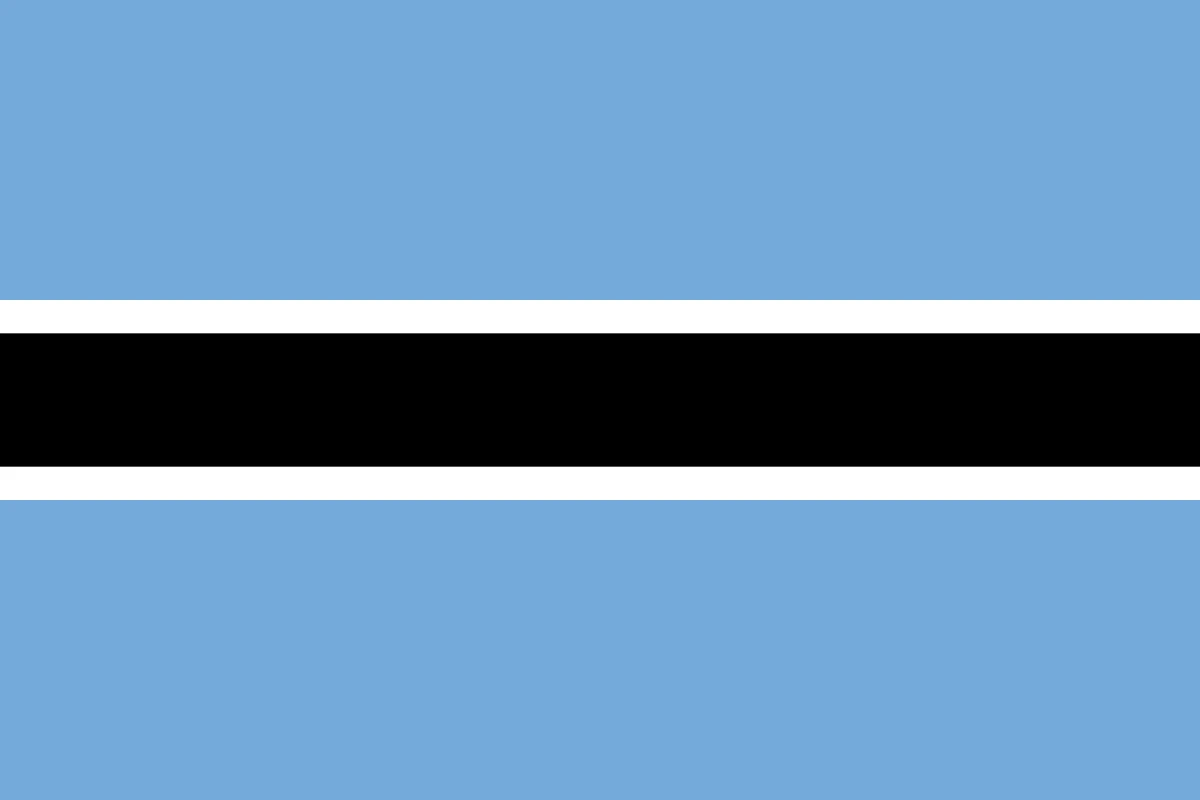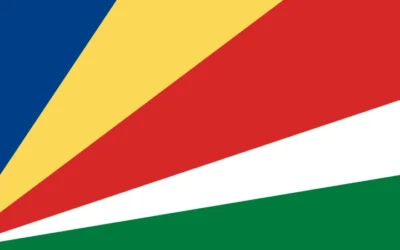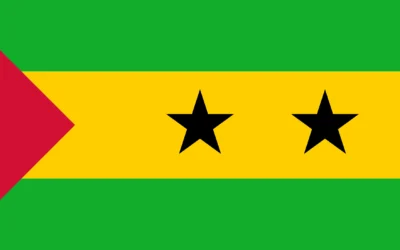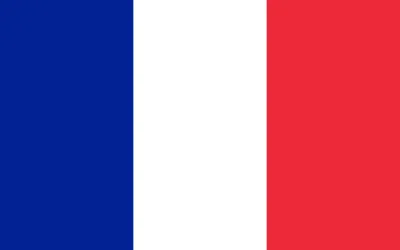Botswana Travel Guide
Discover Why You Should Visit Botswana
Why Visit Botswana?
Botswana stands as one of Africa’s premier safari destinations, offering unparalleled wildlife experiences, vast unspoiled landscapes, and a commitment to conservation. With its low-impact tourism model, the country ensures that travelers experience nature at its most pristine while supporting sustainable practices.
From the shimmering salt pans of Makgadikgadi to the lush waterways of the Okavango Delta, Botswana’s beauty is both dramatic and serene. It’s a land of contrasts, best explored through its national parks, cultural villages, and remote lodges.
Ideal for: Safari enthusiasts, nature lovers, photographers, and travelers seeking exclusive and authentic wilderness adventures.
Must-Know Facts
Capital/Major City: Gaborone
Language(s): English (official), Setswana (widely spoken)
Currency: Botswana Pula (BWP)
Best Time to Visit: May to October (dry season and best wildlife viewing)
Fun Fact: The Okavango Delta is one of the world’s largest inland deltas and a UNESCO World Heritage Site
Top Things to Do
Embark on a mokoro (dugout canoe) safari through the Okavango Delta
Explore Chobe National Park, home to one of Africa’s largest elephant populations
Visit the salt pans and cultural sites of Makgadikgadi Pans National Park
Track wildlife on foot with San guides in the Kalahari Desert
Cruise the Chobe River for birdwatching and sunset game viewing
Local Culture & Lifestyle
Botswana is home to several ethnic groups, including the Tswana, Kalanga, San (Bushmen), and Herero. Traditional customs remain strong in rural communities, especially in music, dress, and storytelling.
Family and community play a central role, with social events often centered around cattle farming, ceremonies, and dance.
The government supports cultural preservation through festivals, museums, and heritage programs.
Food & Drink Highlights
Street Food: Seswaa (shredded beef), pap (maize porridge), boerewors, magwinya (fried dough balls)
Restaurants: Game meat specialties, pan-African dishes, and farm-to-table dining experiences
Drinks: Ginger beer, homemade sorghum brews, imported wines and beers
Desserts: Melktert, fruit compotes, and peanut-based treats
Main Dish & Culinary Symbols
Signature Dish: Seswaa (slow-cooked, salted beef served with pap)
Common Ingredients: Beef, goat, maize, sorghum, pumpkin, beans, greens
Culinary Culture: Meals are hearty and communal, with a strong emphasis on traditional techniques and seasonal ingredients
Symbols & Icons of the Area
Natural Icons: Okavango Delta, Kalahari Desert, Chobe River, Baobab trees
Cultural Icons: San rock art, basket weaving, traditional cattle kraals, reed dancing
Hidden Gems & Off-the-Beaten-Path
Tsodilo Hills, a sacred site with ancient rock paintings
Tuli Block for dramatic landscapes and fewer crowds
Nxai Pan for surreal vistas and zebra migrations
Shopping & Souvenirs
What to Buy: Handmade baskets, leatherwork, bead jewelry, San crafts, wood carvings
Where to Shop: Craft centers in Maun, Gaborone markets, and rural cooperatives
Getting Around
Public Transport: Available between major towns via buses and shared taxis
Car Rentals: Recommended for exploring remote parks, preferably 4×4 vehicles
Tip: Charter flights are common between safari camps in the Delta
Walkability: Good in towns but most natural areas require guided vehicle or walking access
Travel Tips
Book national park entries and accommodations well in advance, especially in high season
Respect wildlife safety protocols; never leave designated paths without a guide
Support community tourism initiatives to engage with local culture
Cash is recommended in rural areas, although cards are accepted in most lodges
Where to Stay
Budget: Campsites and backpacker lodges in Maun and Kasane
Mid-range: Guesthouses and mobile safari camps with guided activities
Luxury: Fly-in lodges in Okavango and Chobe with private game drives and amenities
Unique: Sleepout decks, tented bush camps, and eco-friendly treehouses in reserves
Sample 4-Day Itinerary
Day 1: Arrive in Maun, explore town and prepare for safari
Day 2: Travel to Okavango Delta for mokoro ride and walking safari
Day 3: Head to Chobe National Park for river cruise and game drives
Day 4: Visit local villages or Tsodilo Hills before departure






0 Comments